The Philippines, an archipelago of over 7,600 islands, harbors countless pristine destinations that remain relatively unknown to mass tourism. While Boracay and Palawan often steal the spotlight, numerous lesser-known islands offer equally breathtaking experiences without the crowds.
These hidden gems preserve authentic Filipino culture, untouched natural wonders, and genuine local experiences that seasoned travelers seek. Let’s explore 16 remarkable islands that deserve a spot on your travel radar.
Siquijor Island, Central Visayas
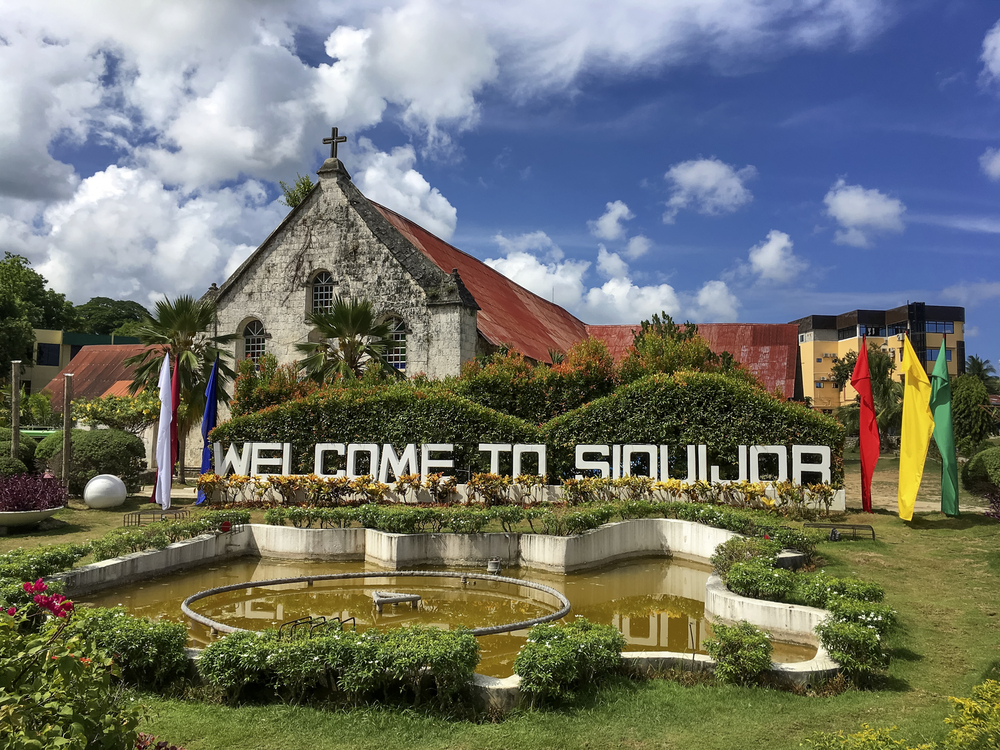
The mystical island of Siquijor is deeply culturally significant as a center for traditional healing practices. Natural wonders abound here, from the ancient balete trees to the three-tiered Cambugahay Falls.
The island’s pristine beaches remain surprisingly uncrowded throughout the year, offering perfect spots for snorkeling and diving. Local legends and folklore add an extra layer of intrigue to this enchanting destination.
Bantayan Island, Cebu
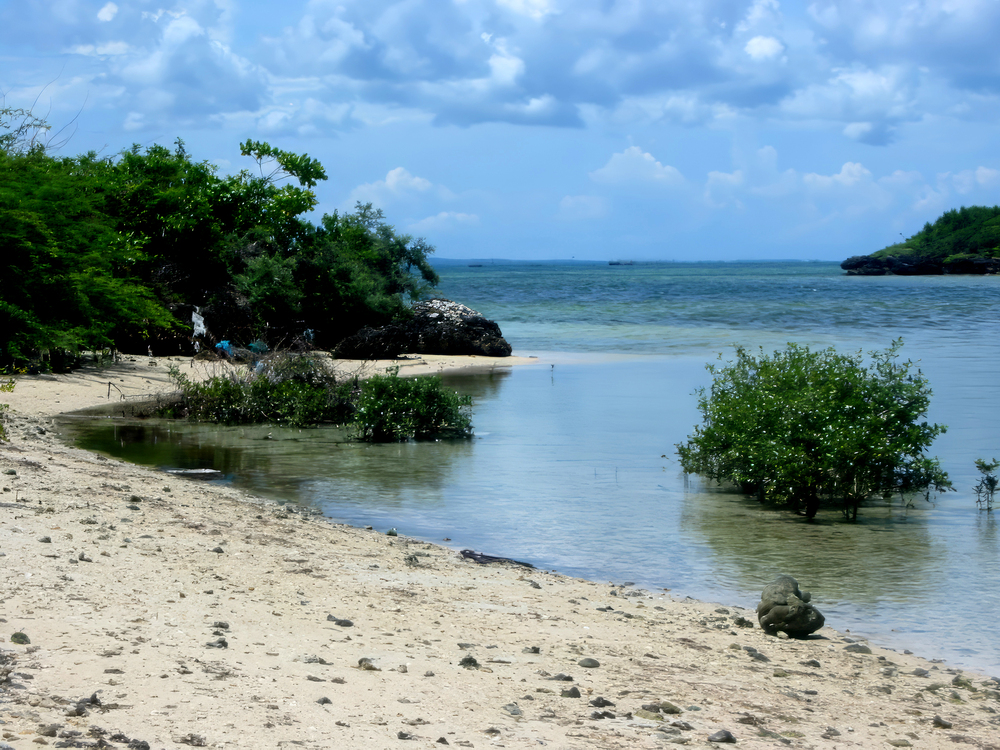
Bantayan’s powdery white sand beaches rival those of more famous destinations in their beauty and serenity. The island maintains its fishing village charm while offering comfortable accommodations for discerning travelers.
Fresh seafood here costs a fraction of what you’d pay in more touristy locations, making it a paradise for food lovers. The sunrise views from Paradise Beach deserve special mention for their stunning beauty.
Like Travel Pug’s content? Follow us on MSN.
Tablas Island, Romblon
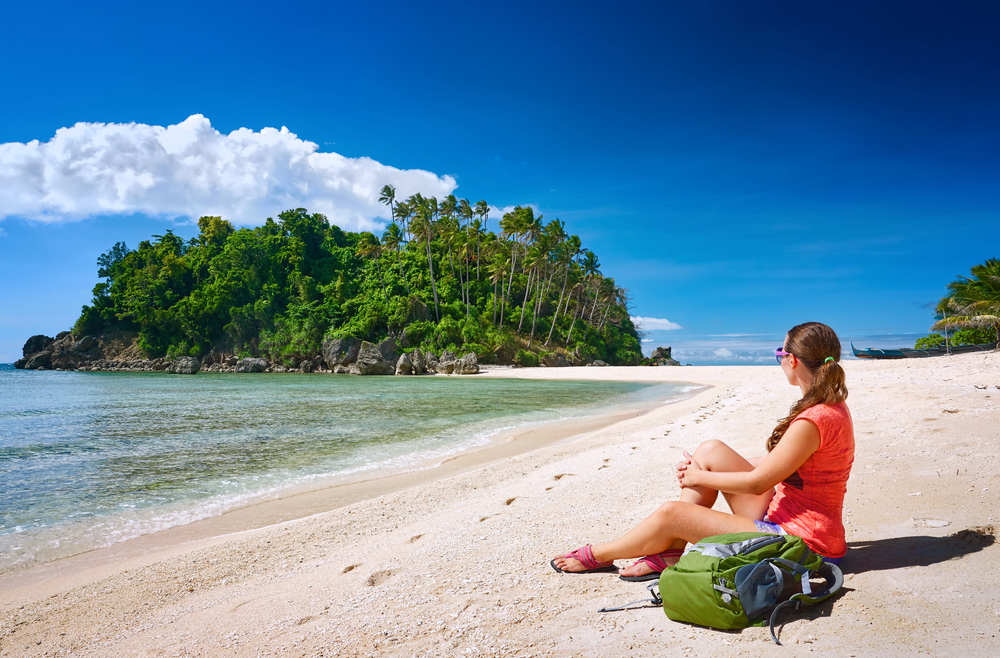
Tablas serves as a gateway to the marble-rich province of Romblon while maintaining its own distinct identity. Crystal-clear waters surrounding the island harbor vibrant coral reefs teeming with marine life.
Traditional marble crafting workshops showcase the island’s artistic heritage and offer unique souvenirs. The mountain trails provide excellent hiking opportunities with panoramic ocean views.
Capul Island, Northern Samar
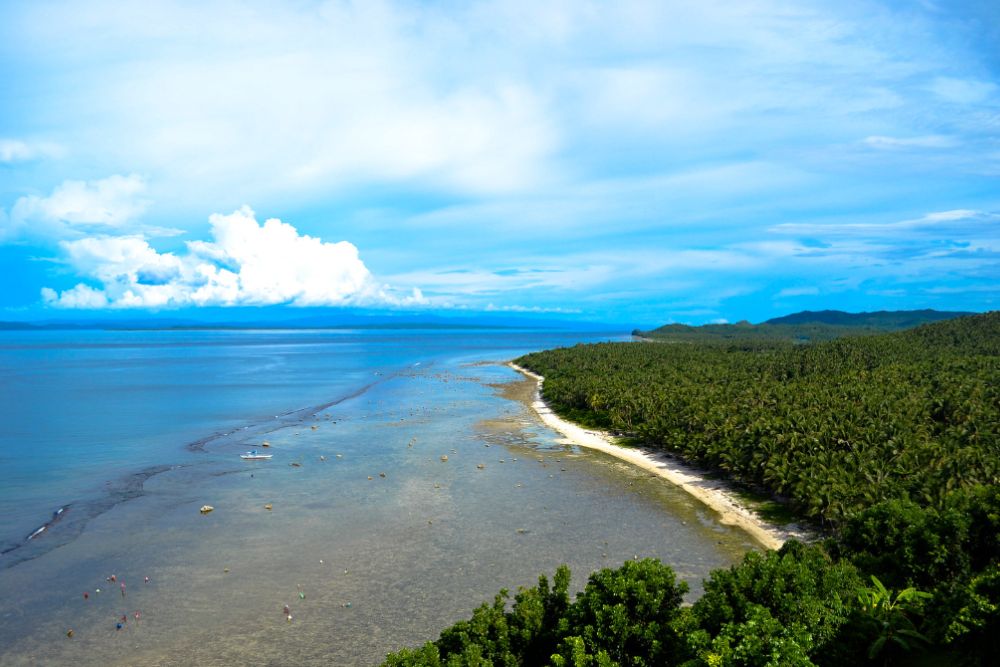
This historic island played a crucial role during the galleon trade era, as evidenced by its Spanish colonial lighthouse. Traditional weaving practices continue to thrive here, with locals producing distinctive textiles using age-old techniques.
The island’s rugged coastline creates dramatic seascapes perfect for photography enthusiasts. Strong community ties among locals ensure visitors experience genuine Filipino hospitality.
Jomalig Island, Quezon
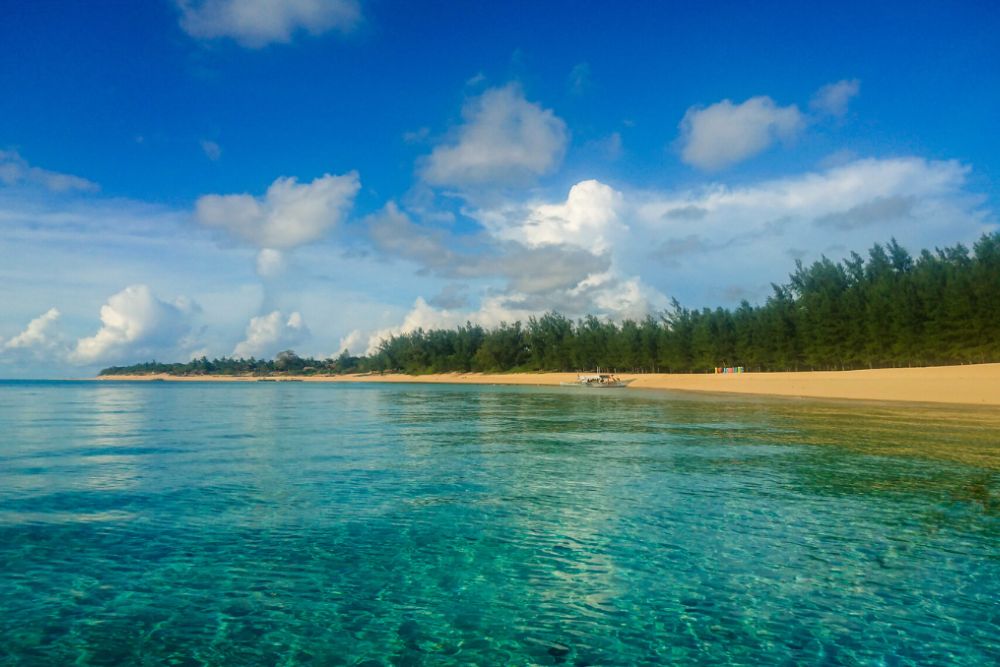
Golden sand beaches set Jomalig apart from the typical white sand destinations in the Philippines. The island’s remote location has preserved its natural beauty and traditional way of life.
Local fishermen still use traditional methods to harvest the abundant marine resources sustainably. Sunset views here are particularly spectacular due to the unique orientation of the coastline.
Like Travel Pug’s content? Follow us on MSN.
Alabat Island, Quezon
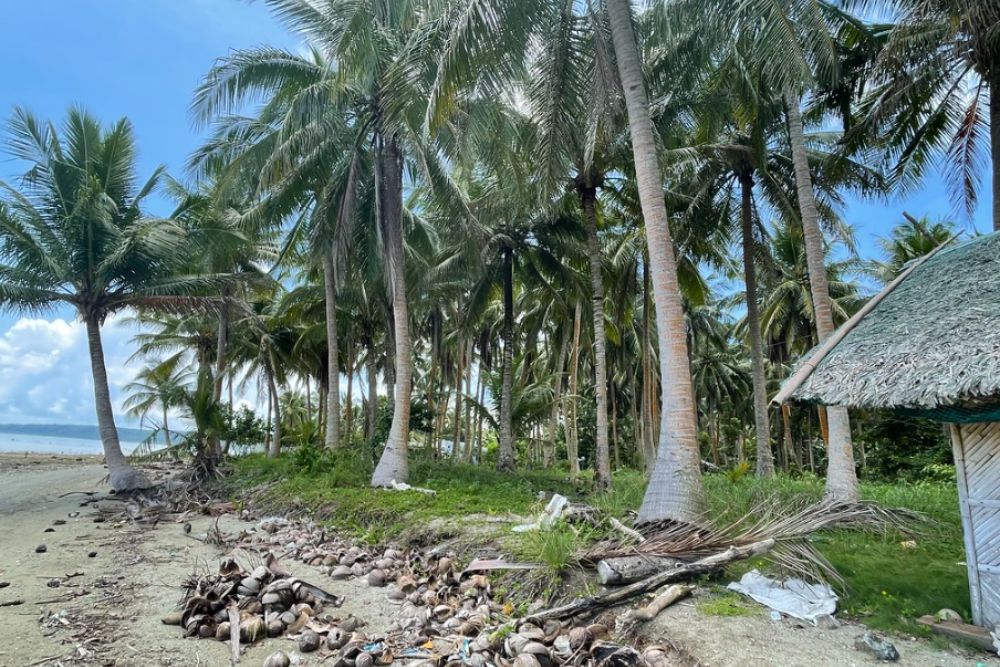
Alabat’s lush forests harbor diverse wildlife species and offer excellent birdwatching opportunities. Traditional coconut farming practices demonstrate sustainable agriculture methods that have sustained generations.
The island’s mangrove forests protect against coastal erosion and support local fisheries. Cultural festivals throughout the year showcase unique local traditions and customs.
Marinduque Island, MIMAROPA
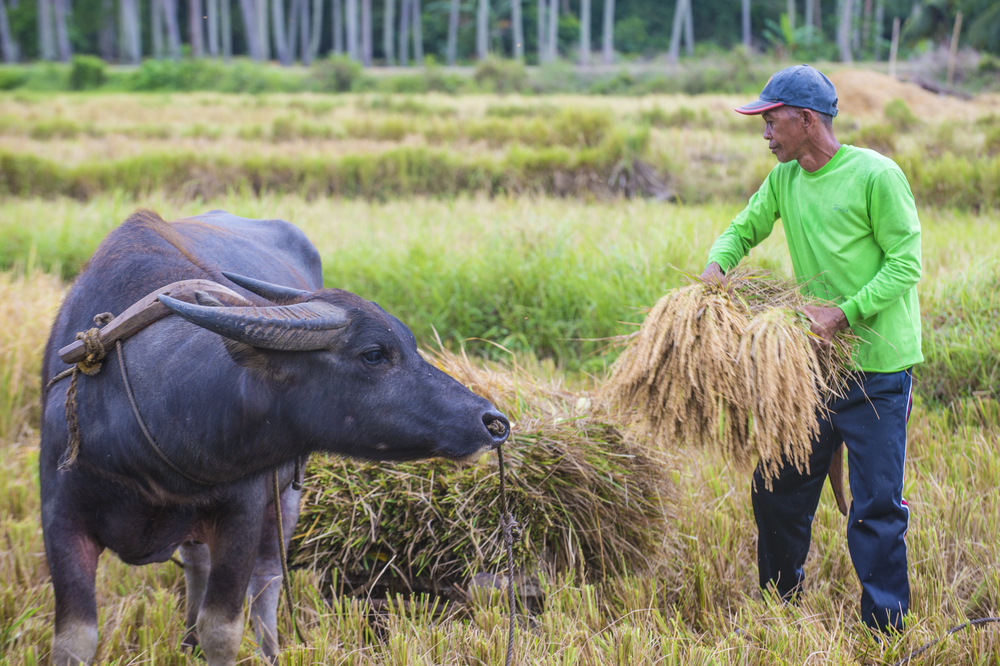
As the geographical heart of the Philippines, Marinduque preserves some of the country’s most authentic cultural traditions. The famous Moriones Festival demonstrates the island’s deep religious heritage and artistic expression.
Local copper crafting traditions continue to produce distinctive decorative items sought by collectors. The island’s butterfly sanctuary protects several endemic species found nowhere else.
Sibale Island, Romblon
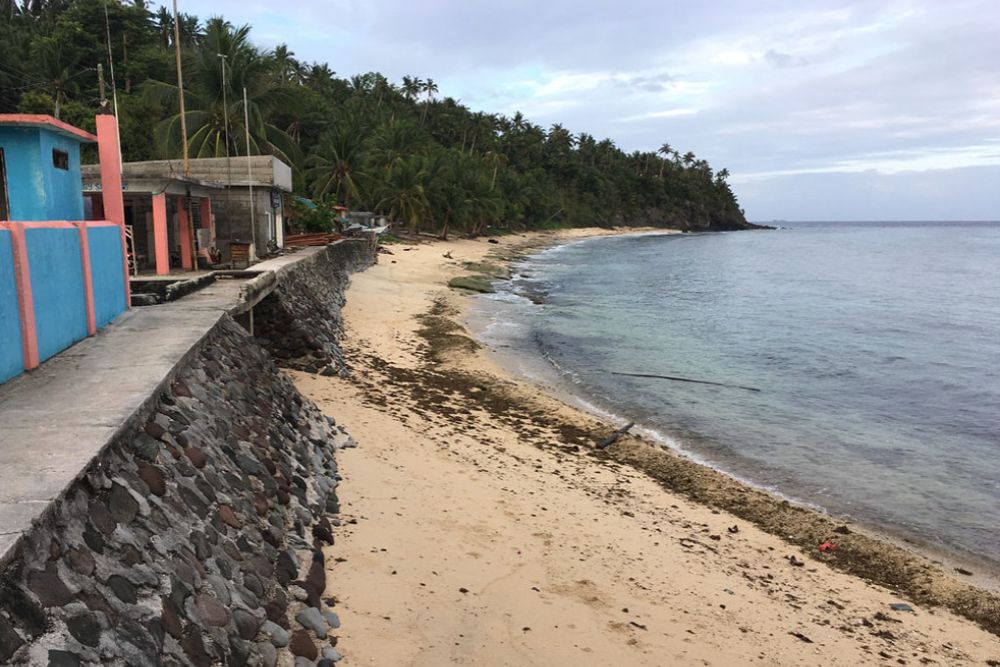
Sibale’s isolation has remarkably preserved its natural environment and traditional way of life. Ancient burial caves provide fascinating insights into the island’s pre-colonial history.
The local fishing community maintains sustainable practices that have preserved marine resources for generations. Crystal-clear waters around the island offer excellent opportunities for snorkeling and diving.
Like Travel Pug’s content? Follow us on MSN.
Burias Island, Masbate
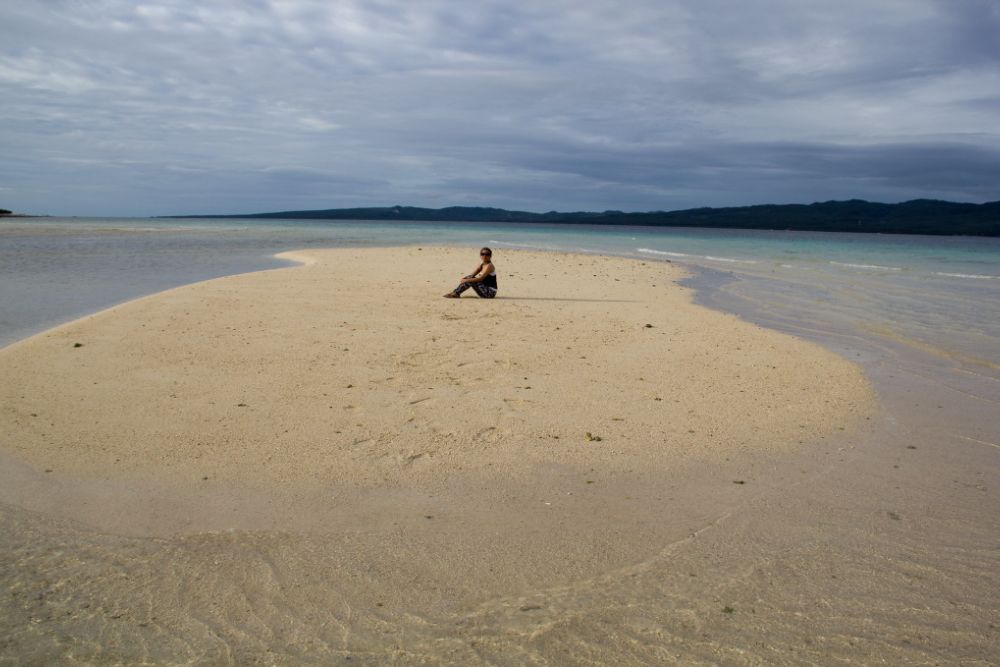
Burias features dramatic limestone formations that create unique coastal landscapes and hidden coves. Traditional salt-making practices continue here, offering visitors glimpses into this vanishing craft.
The island’s rolling hills provide excellent vantage points for photographing surrounding seascapes. Local communities welcome visitors with authentic Filipino hospitality and traditional cuisine.
Guimaras Island, Western Visayas
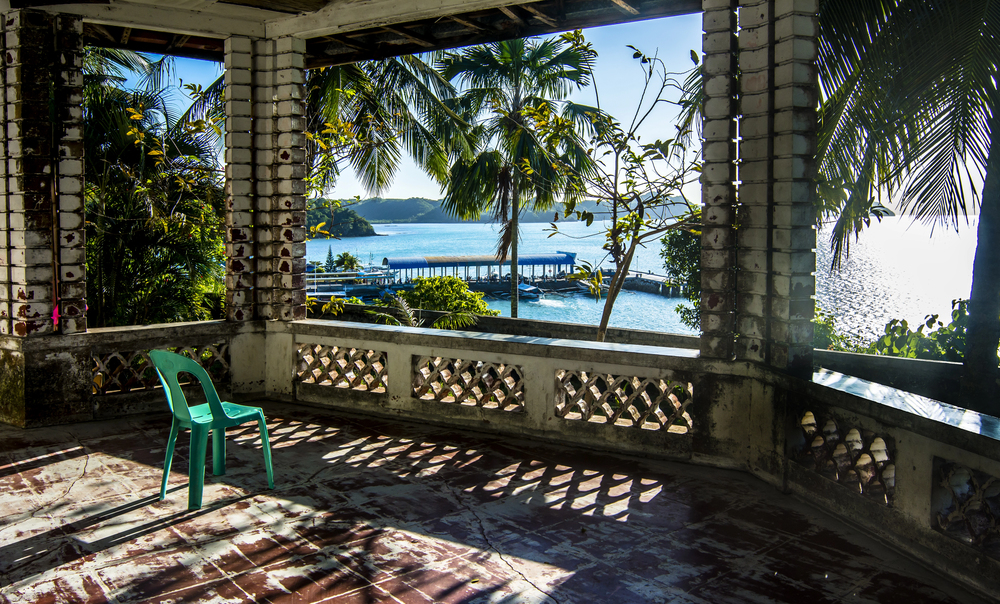
Famous for producing some of the world’s sweetest mangoes, Guimaras offers more than just fruit. Historic Spanish colonial churches dot the landscape, telling stories of the island’s rich past.
The island’s marine sanctuaries protect diverse ecosystems and provide excellent snorkeling opportunities. Traditional mango processing demonstrations show visitors how local delicacies are made.
Cuyo Island, Palawan
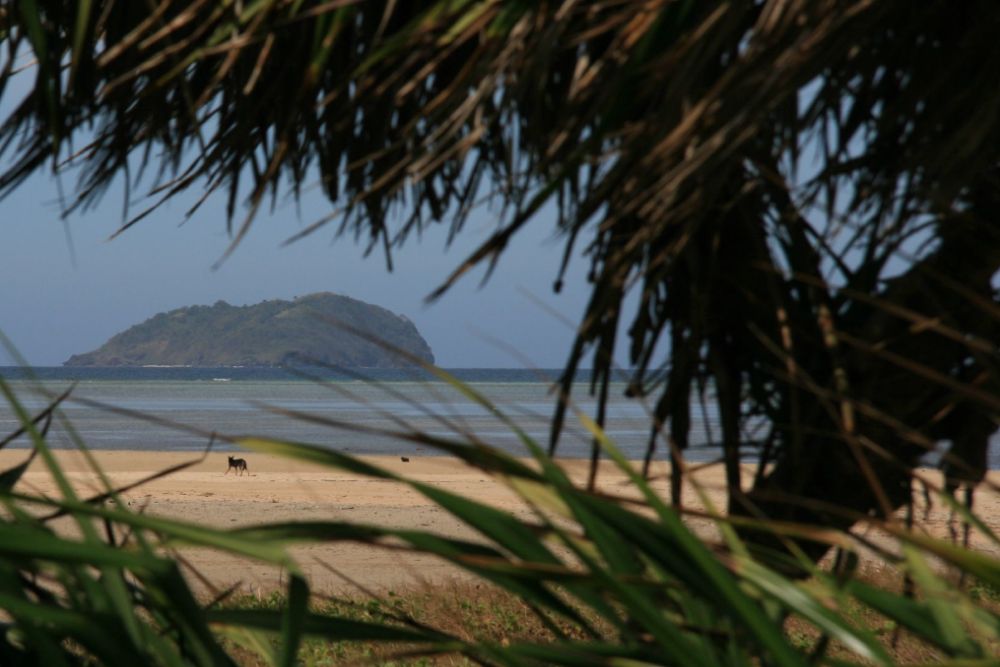
Ancient Spanish fortifications testify to Cuyo’s historical importance in colonial times. Traditional weaving practices produce distinctive textiles using locally grown cotton.
The island’s protected waters offer ideal conditions for kitesurfing during the amihan season. Local architectural heritage includes well-preserved colonial-era houses and churches.
Like Travel Pug’s content? Follow us on MSN.
Siargao Island, Surigao del Norte
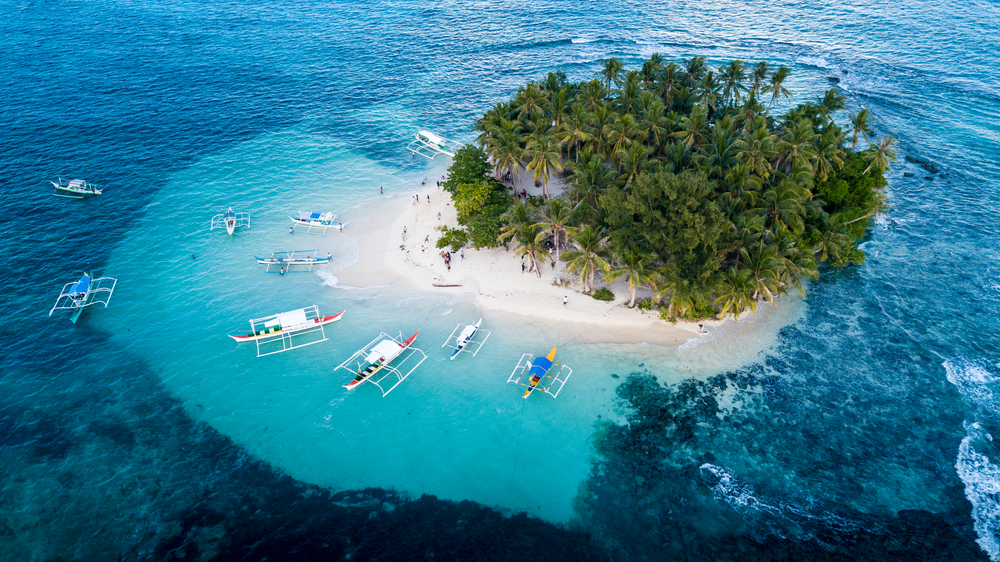
Beyond its famous surf spots, Siargao harbors hidden gems unknown to most visitors. Traditional coconut farming practices demonstrate sustainable agriculture methods that have sustained generations.
The island’s mangrove forests protect against coastal erosion and support local fisheries. Inland waterfalls and caves offer adventures away from the coastal areas.
Camiguin Island, Northern Mindanao
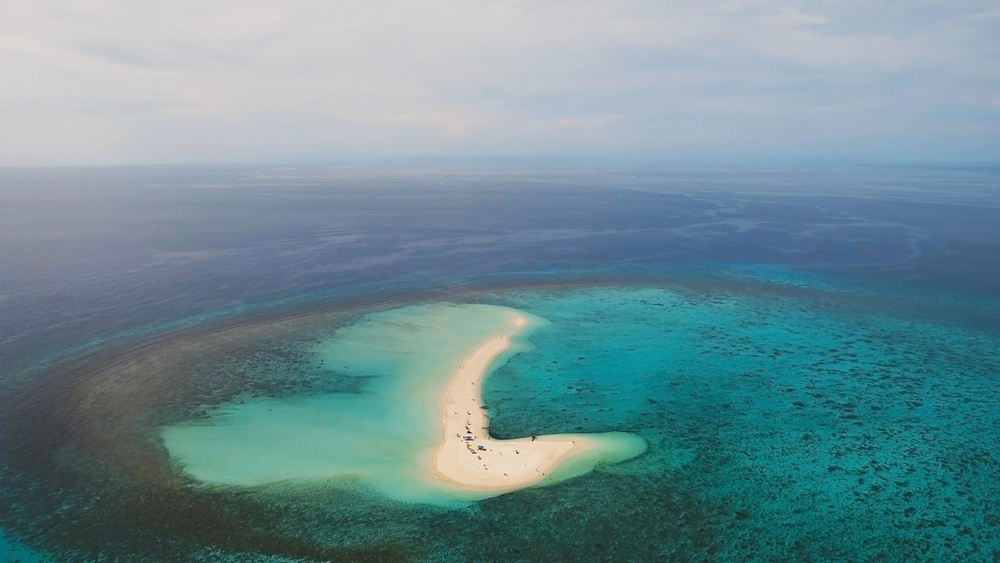
Volcanic landscapes create unique natural features, including hot springs and pristine waterfalls. The island’s Lanzones fruit festival celebrates local agriculture and cultural traditions.
Historic church ruins tell stories of natural disasters and human resilience through the centuries. Marine sanctuaries protect vibrant coral reefs and diverse marine life.
Romblon Island, Romblon
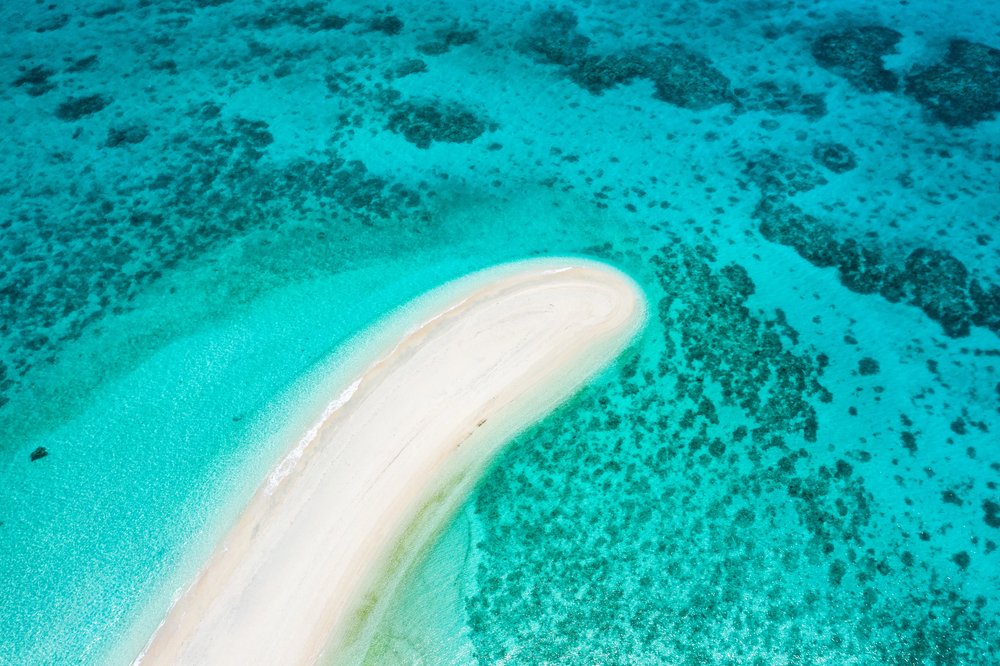
Master artisans continue the tradition of marble sculpting using locally quarried stone. Historic Spanish colonial architecture remains well-preserved in the town center.
The island’s protected coves offer a safe harbor during rough weather and perfect swimming conditions. Traditional fishing practices sustain local communities while preserving marine resources.
Like Travel Pug’s content? Follow us on MSN.
Dinagat Islands, Caraga
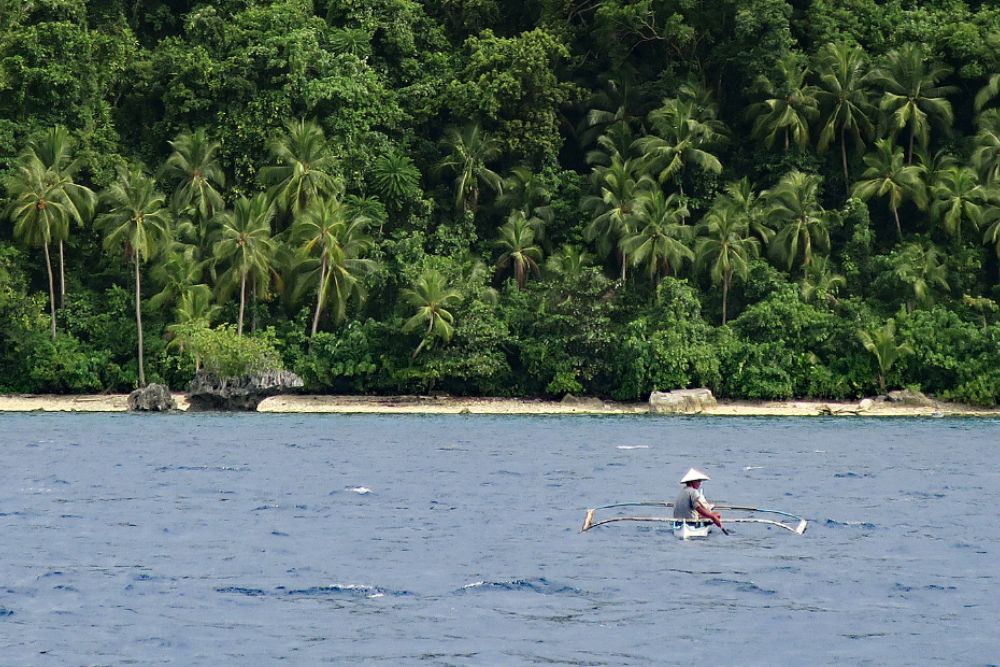
Unique rock formations create otherworldly landscapes along the coastline of these remote islands. Traditional mining practices, passed down through generations, demonstrate sustainable resource management.
The islands’ isolation has remarkably preserved both natural environments and cultural traditions. Endemic wildlife species find sanctuary in the protected forests.
Balut Island, Davao Occidental
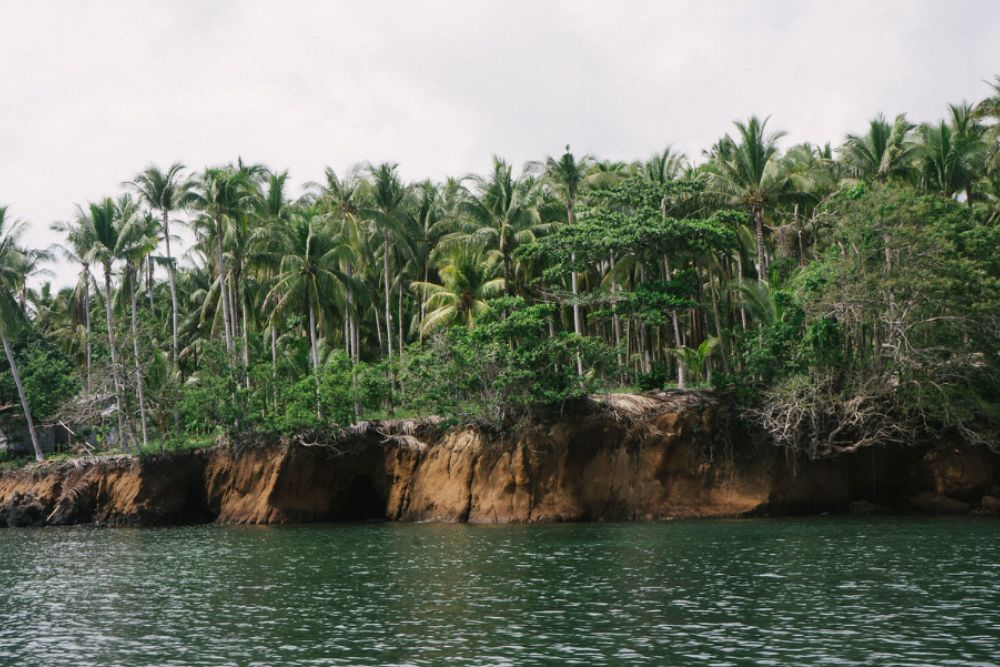
Volcanic hot springs provide natural spa experiences with stunning ocean views. Traditional fishing methods sustain local communities while preserving marine resources for future generations.
The island’s location offers unique perspectives on Philippine maritime culture and history. Local cuisine features distinctive flavors influenced by its proximity to Indonesia.
Your Island Adventure Awaits
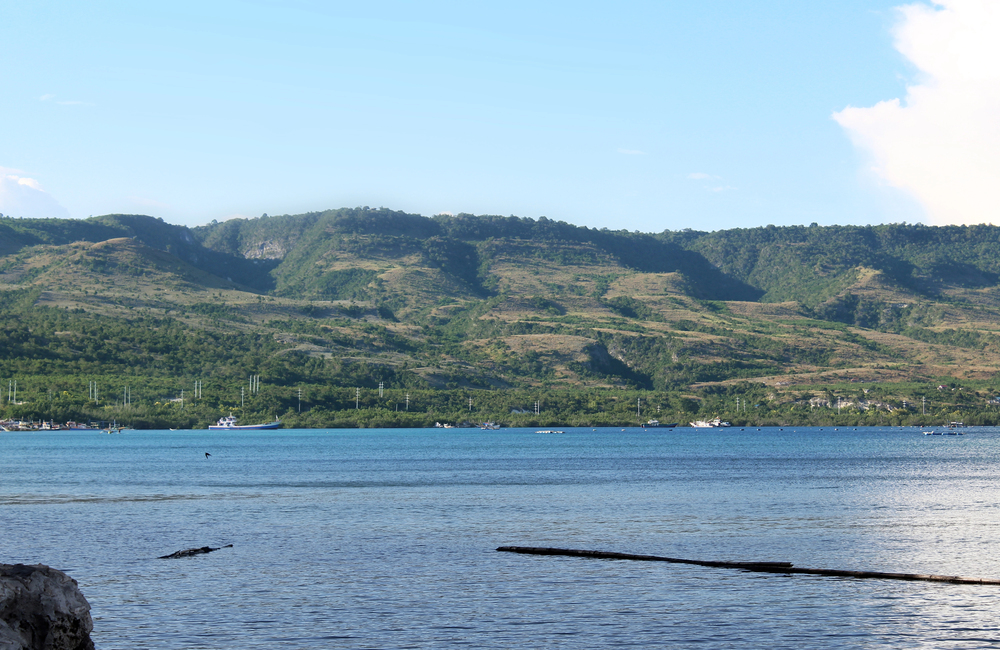
These hidden gems represent just a fraction of the Philippines’ unexplored islands, each offering unique experiences beyond typical tourist attractions. While reaching these destinations might require extra effort, the rewards of experiencing authentic island life, pristine nature, and genuine Filipino hospitality make the journey worthwhile.
Consider veering off the beaten path on your next Philippine adventure to discover your piece of paradise among these lesser-known islands.
Like Travel Pug’s content? Follow us on MSN.
More from Travel Pug

- 15 Dangerous European Cities to Avoid
- 15 Caribbean Islands Where Tourists Keep Getting Scammed
- The 20 Most Fascinating Abandoned Places: A Journey Through Time and Forgotten Spaces
- 15 Hidden Places in the Smithsonian Museums Locals Love: A Guide to Lesser-Known Treasures
- 16 Hidden Florida Beach Towns That Aren’t Overrun with Tourists
Like Travel Pug’s content? Follow us on MSN.
